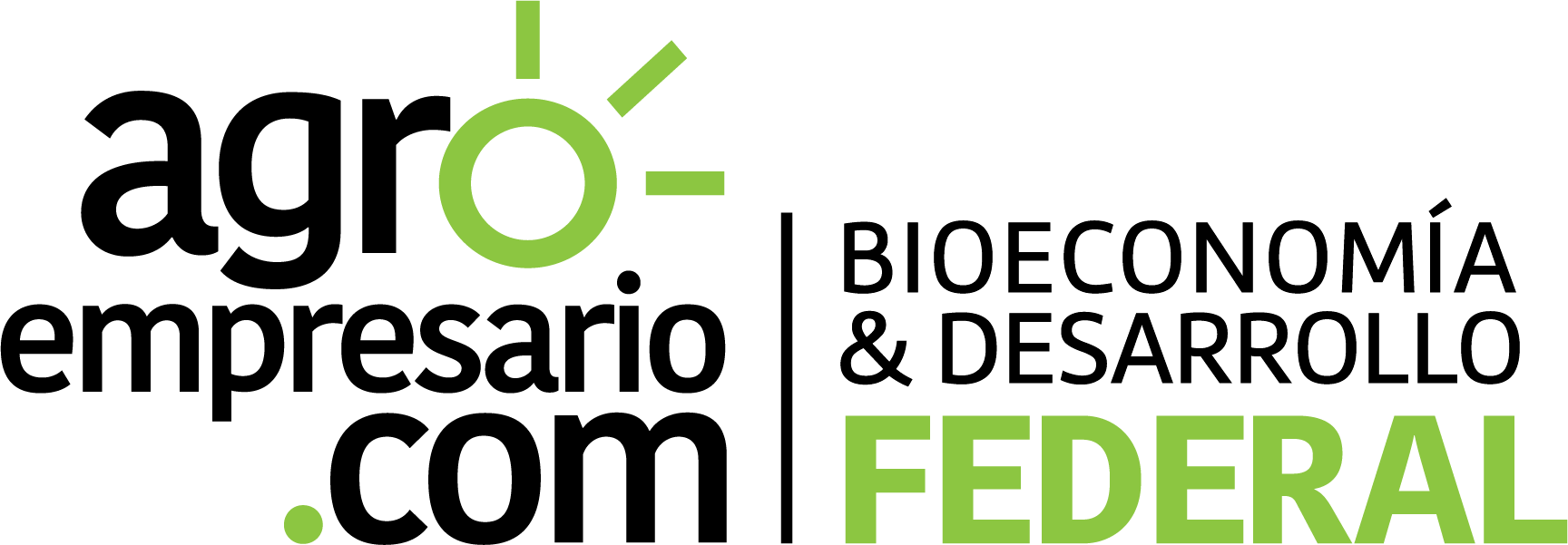
By Agroempresario.com
Nordic Foodtech VC, a venture capital fund specializing in early-stage investments within the agrifood technology sector, has announced the first close of its second fund at €40 million (approximately $45.2 million USD). This milestone marks a significant step forward in their ambitious target to raise a total of €80 million (about $90.4 million USD) aimed at supporting innovative startups transforming food and agriculture across Europe and beyond.
The fund’s initial close attracted capital commitments from heavyweight institutional investors such as Tesi, Finland’s leading venture capital investor, and Elo Mutual Pension Insurance Company, alongside strategic food industry stakeholders including Valio Pension Fund and Heino Group. Nordic Foodtech VC plans to deploy investments ranging from €500,000 to €2 million ($572K to $2.3M) per startup, with substantial reserves set aside for follow-on funding in promising portfolio companies.
Unlike traditional venture capital models chasing high-profile "unicorn" startups, Nordic Foodtech VC partners adopt a pragmatic and long-term view of the agrifoodtech landscape. Lauri Reuter, PhD, a founding partner of Nordic Foodtech VC, emphasized that the fund’s strategy centers on realistic expectations with a strong focus on commercial viability and incremental value creation.
“We are not hunting for unicorns,” said Reuter in an interview with AgFunderNews. “Agrifoodtech operates on a fundamentally different model than the typical tech startup scene. Exits tend to be smaller, but companies often build solid, defensible technologies that can sustain long-term growth and impact.”
This approach reflects lessons learned over the fund’s first five years of operation, where success hinged on backing companies solving tangible industry challenges, particularly in the B2B segment, rather than consumer-facing brands.
From the outset, Nordic Foodtech VC deliberately avoided investing in consumer-facing food brands. Instead, it concentrates on startups innovating in business-to-business technologies—such as biomanufacturing of ingredients, precision fermentation, agricultural inputs, and data-driven supply chain solutions.
“This focus on the B2B tech side has proven to be a very good decision,” said Reuter. “We want to support technologies that are co-developed with industry partners and integrated deeply into existing supply chains.”
A unique feature of Nordic Foodtech VC’s investment thesis is its commitment to collaborating closely with academic institutions and research centers. Reuter, who transitioned from a seven-year research career at VTT Technical Research Centre of Finland to venture investing, noted a gap in Europe’s commercialization of academic research compared to the US.
“There’s a backlog of promising technologies sitting in universities waiting to be commercialized,” Reuter explained. “In Finland and across Europe, spinning out startups from academia has traditionally been challenging. We want to change that by supporting ventures that bring cutting-edge science to market.”
By fostering relationships with universities and research labs, Nordic Foodtech VC helps ensure that emerging innovations receive the mentorship, capital, and industry connections needed to thrive commercially.

The fund’s first €42 million ($48 million) portfolio includes 18 startups, with notable investments in the precision fermentation space—a sector producing high-value ingredients via microbial fermentation. Companies like Chromologics, which develops natural food colors; Evodia, specializing in hop-like aromas for beverages; and Ironic Biotech, producing heme iron compounds for nutraceuticals, exemplify the fund’s tech-driven, ingredient-focused approach.
Nordic Foodtech VC maintains a nuanced stance on biomanufacturing technologies. While recognizing their importance to the future of food production, the fund focuses on startups that can deliver commercially viable products with clear market demand and reasonable timelines.
“We’re interested in companies that produce specific ingredients like colors, aromas, or fats, but less so in foundational enabling technologies without immediate customers,” Reuter said. He cited cultivated meat as an example where the commercial timeline remains uncertain, making investment riskier.
In the competitive food ingredients space, Nordic Foodtech VC expects precision fermentation products to achieve price parity with existing alternatives or offer functional advantages justifying premiums. “Sustainability alone isn’t enough for most buyers—they need cost-effectiveness and performance,” said Reuter.
For example, Ironic Biotech’s hemoglobin-like proteins are highly stable and effective at very low inclusion rates, making them commercially attractive compared to products like Impossible Foods’ soy leghemoglobin. Chromologics’ natural colors, while not yet on market, promise profitable opportunities once production scales.
Other ingredients with high value and low inclusion rates, such as lactoferrin and certain aroma compounds, also fit the fund’s investment criteria. Evodia’s hop aroma technology addresses brewing industry challenges with rising hop prices and supply constraints.
Reuter expressed skepticism about the near-term economics of precision fermentation-made dairy proteins like whey and casein, given animal-derived counterparts are cheap and abundant as byproducts. High inclusion rates required for applications such as cheese production make these innovations harder to commercialize profitably at scale for now.
Animal-free egg proteins, however, may command price premiums for consistent supply and stability in a market disrupted by factors like avian flu. “These products can justify higher costs if they reduce supply risk and maintain functionality,” Reuter explained.
One of the fund’s core lessons from past agrifoodtech failures is the necessity of working closely with incumbent food and agriculture companies. Reuter cautioned against “disruptor” mindsets disconnected from real industry pain points.
“It’s vital for startups to engage with farmers, processors, and food producers early on,” he said. “If you’re developing technology for farmers, put your boots on and visit farms. If you’re working in dairy, hire people who understand that industry.”
This grounded approach helps startups validate their solutions and ensures technologies address genuine market needs.
Reuter also noted that food technology innovation must respect the cultural, political, and habitual dimensions of food consumption. For example, while there’s demand for alternatives addressing cocoa shortages, consumers aren’t actively seeking “alternative chocolate” but rather solutions that help manufacturers maintain product quality and availability.
Similarly, cultivated meat faces cultural resistance despite progress on cost and taste. “Many people will remain reluctant to eat it because it’s not ‘real’ meat, regardless of quality,” he said.
